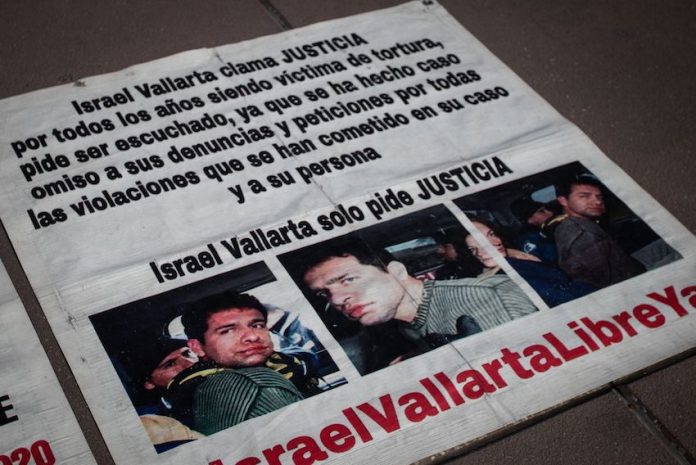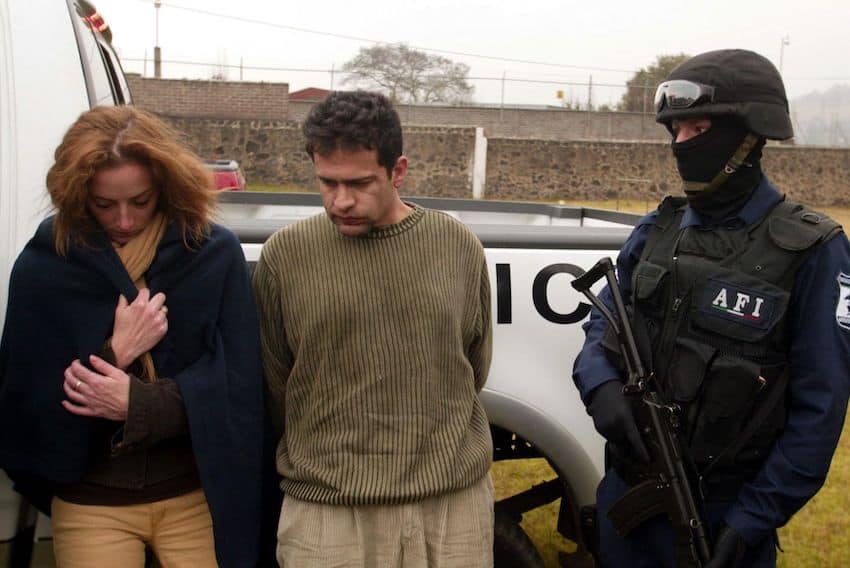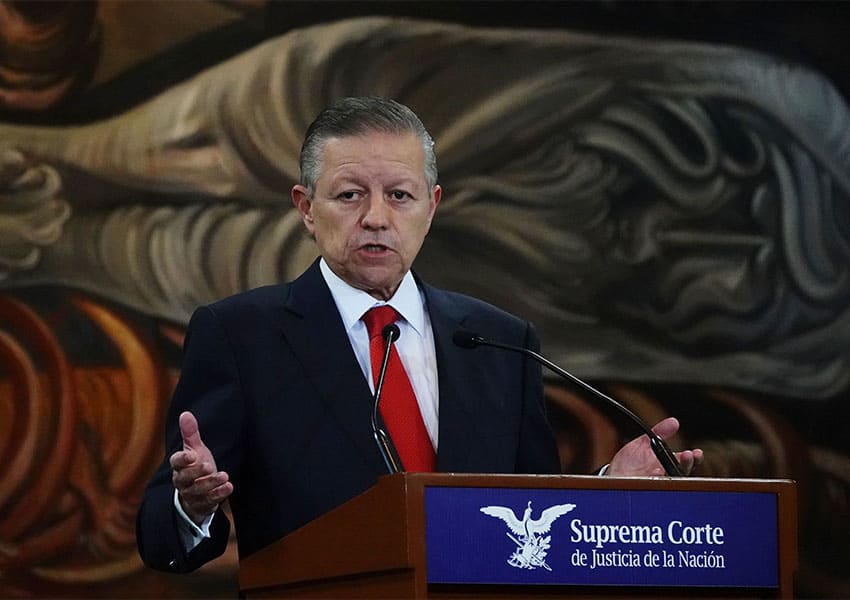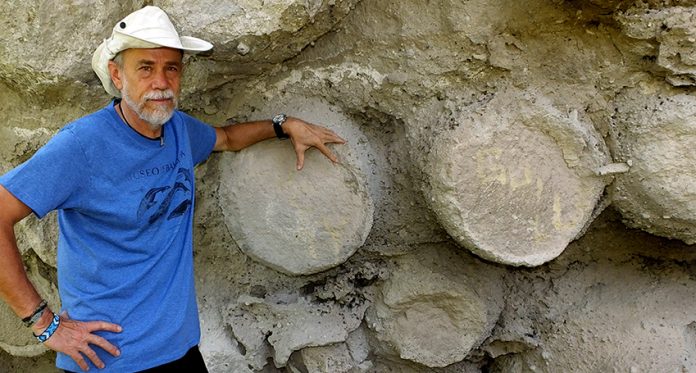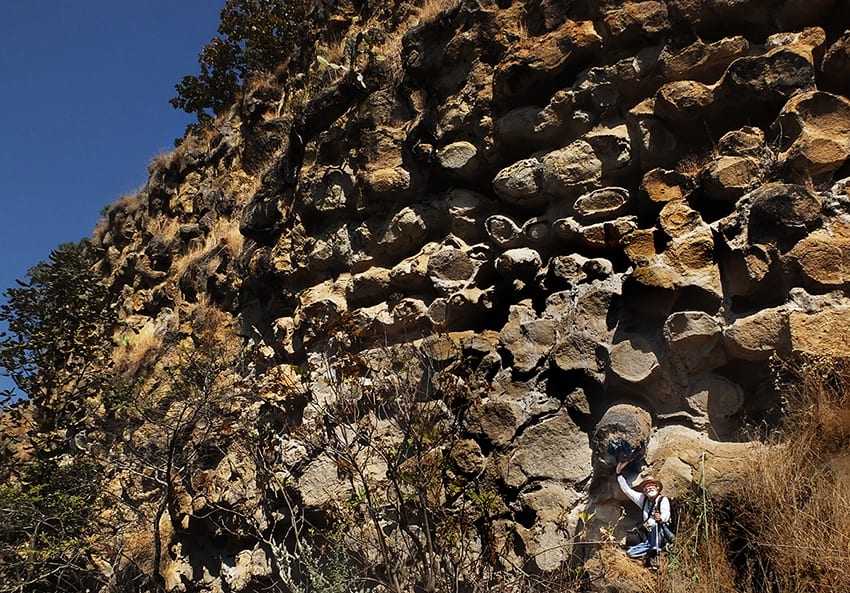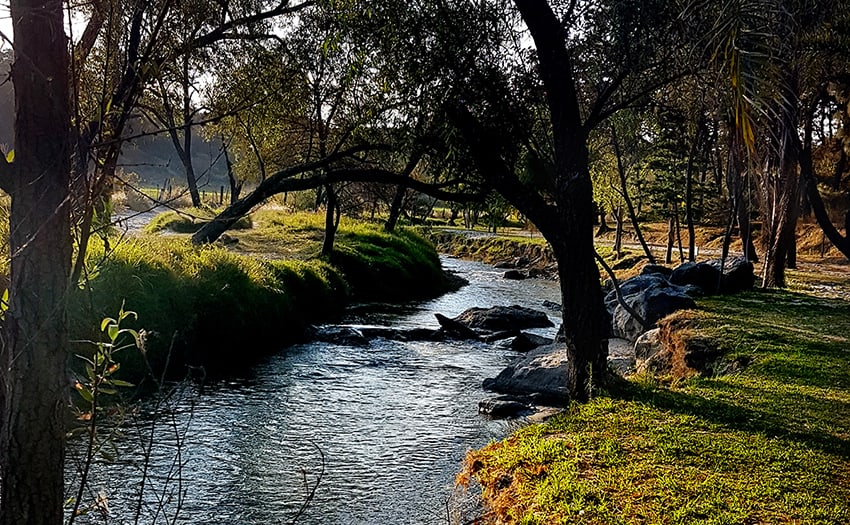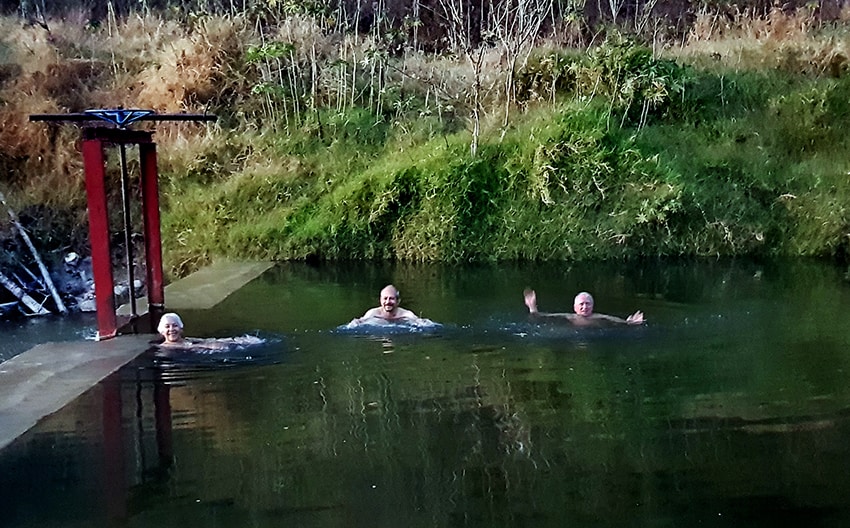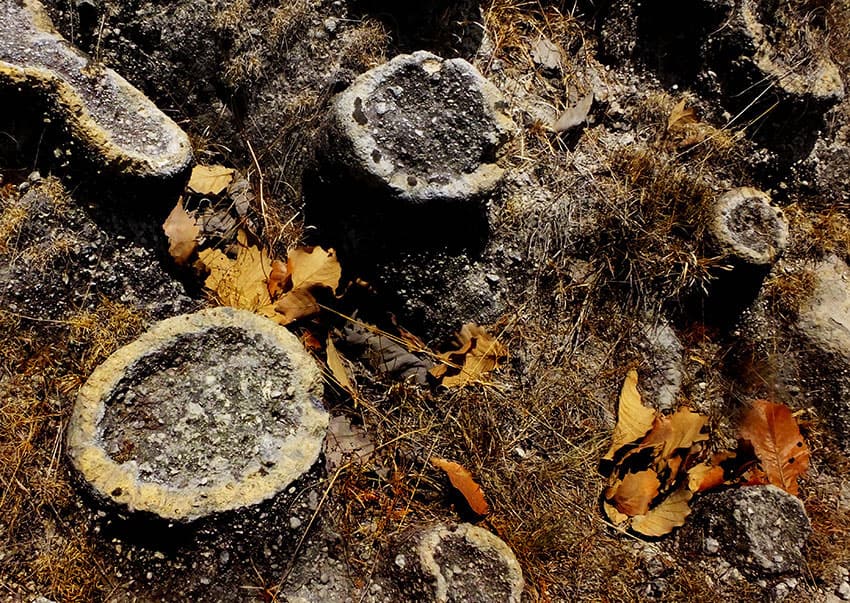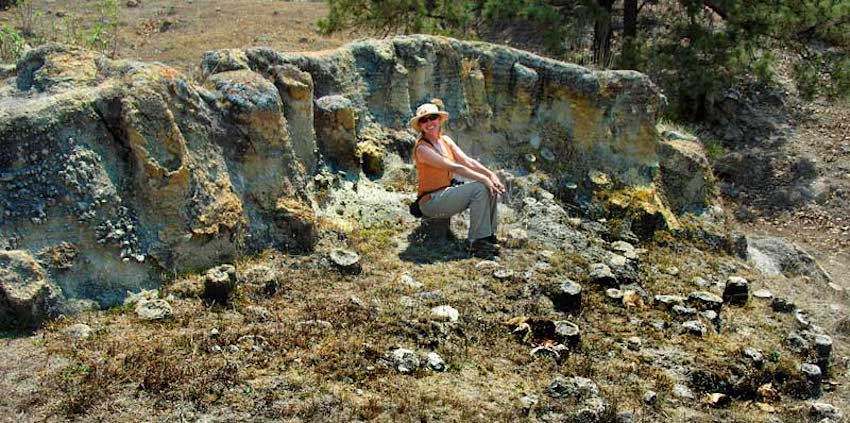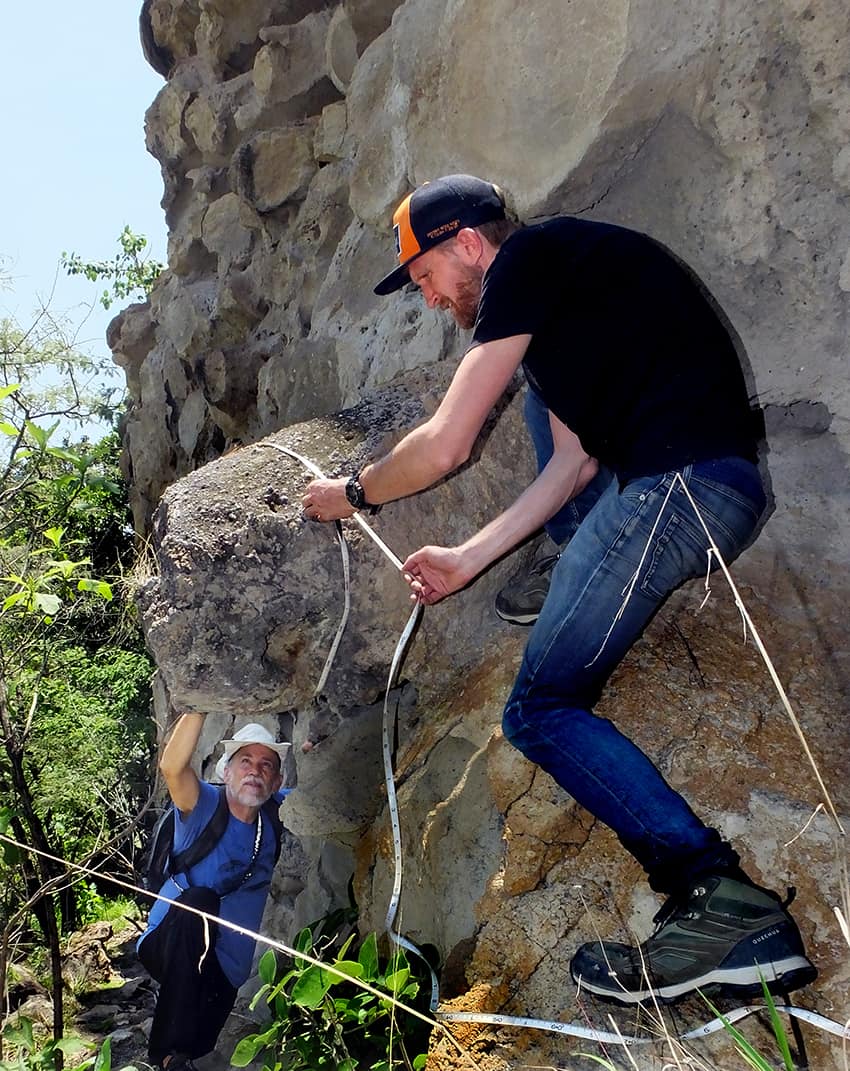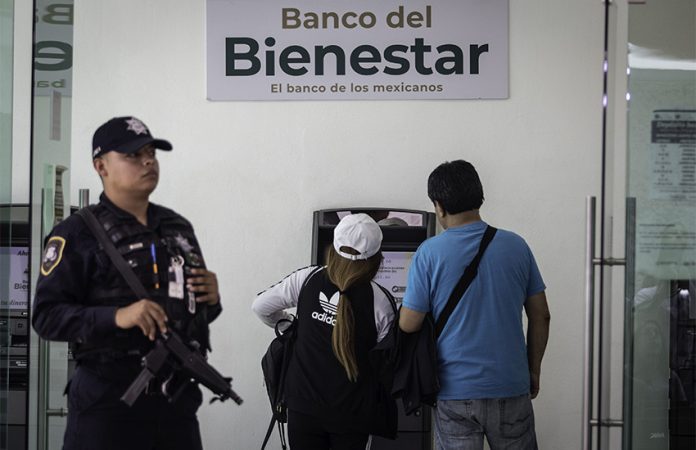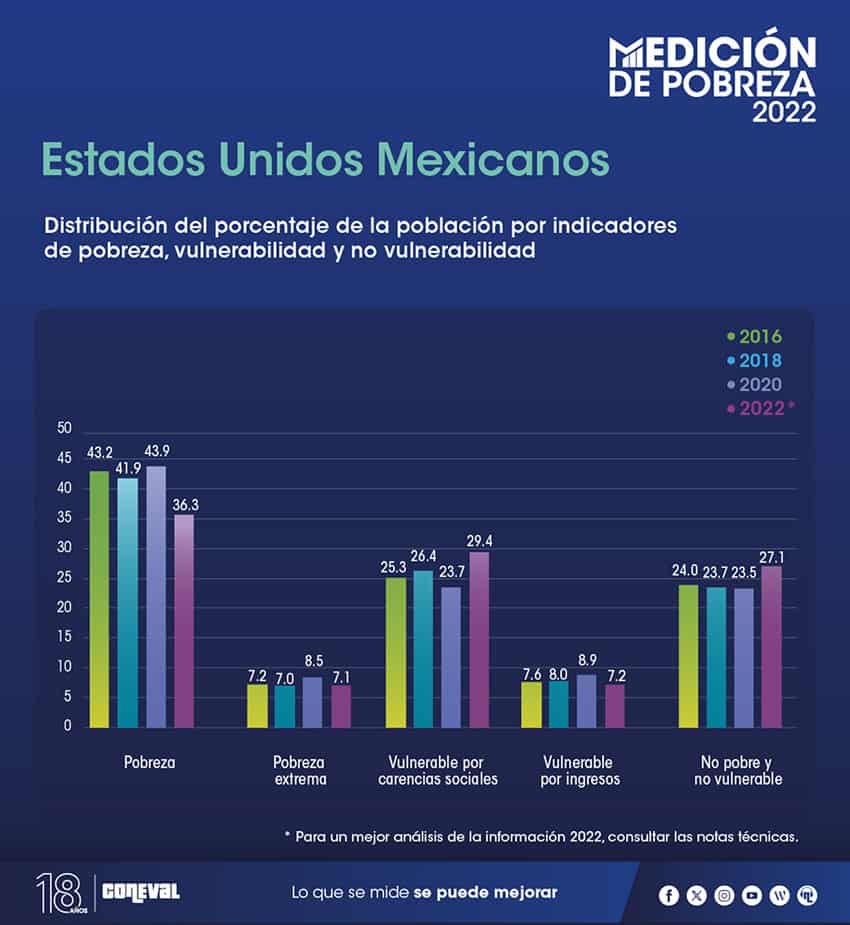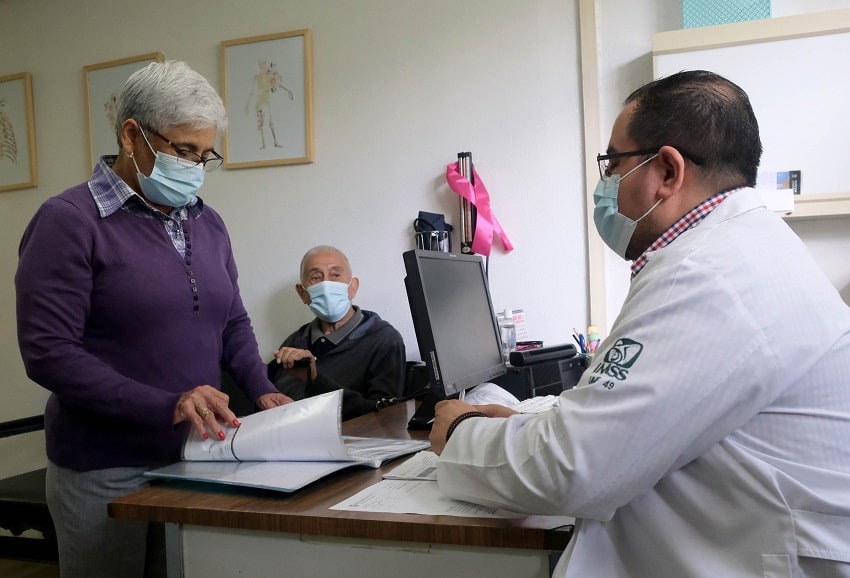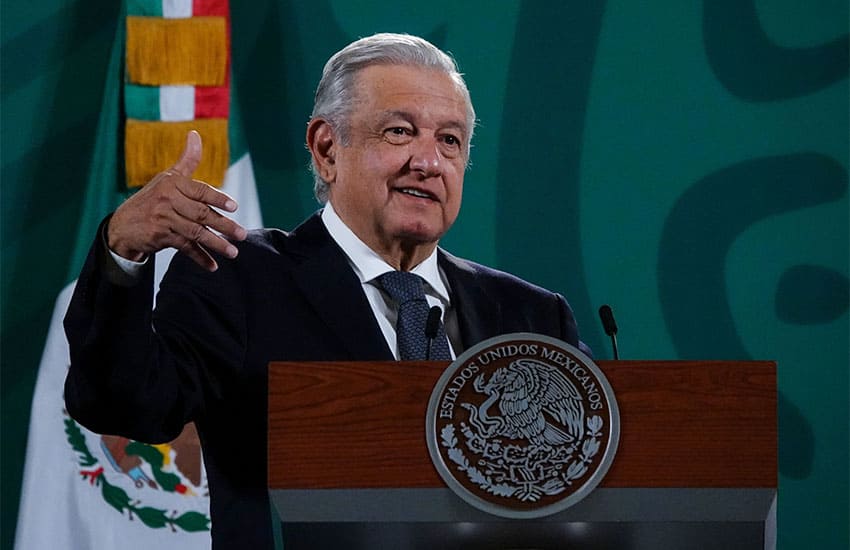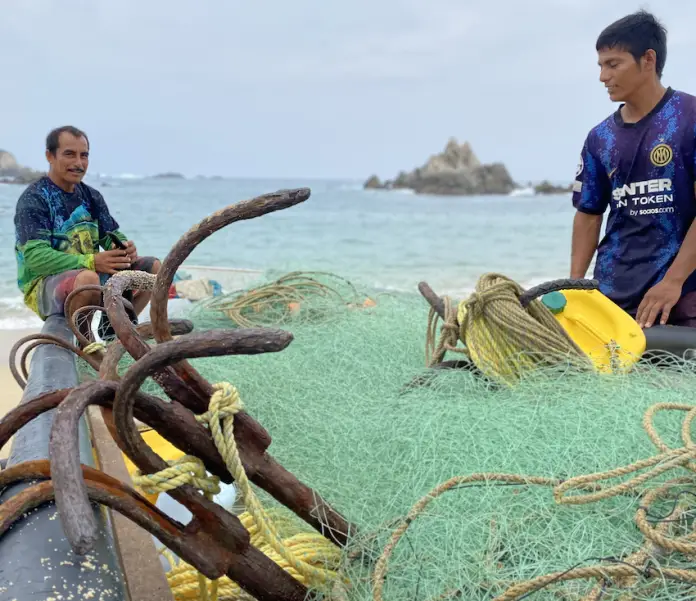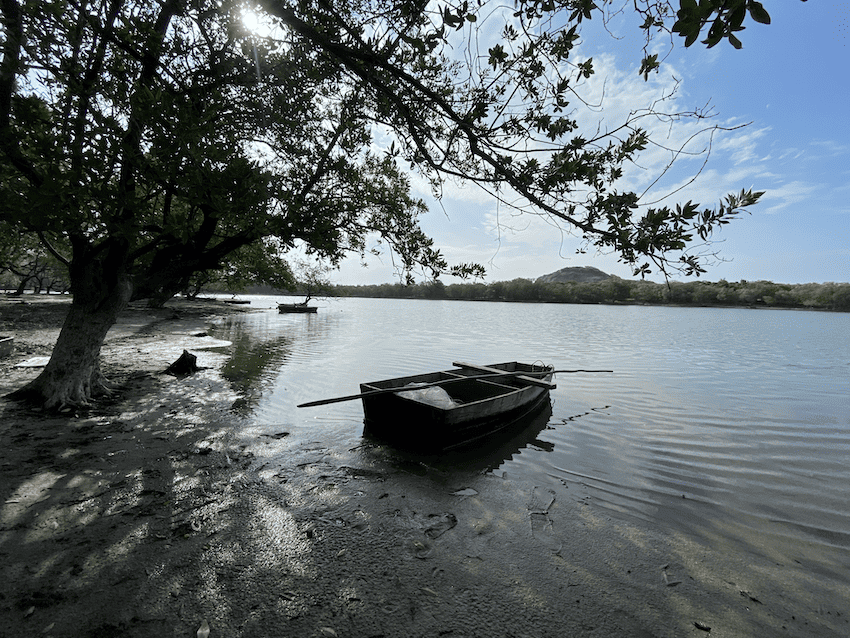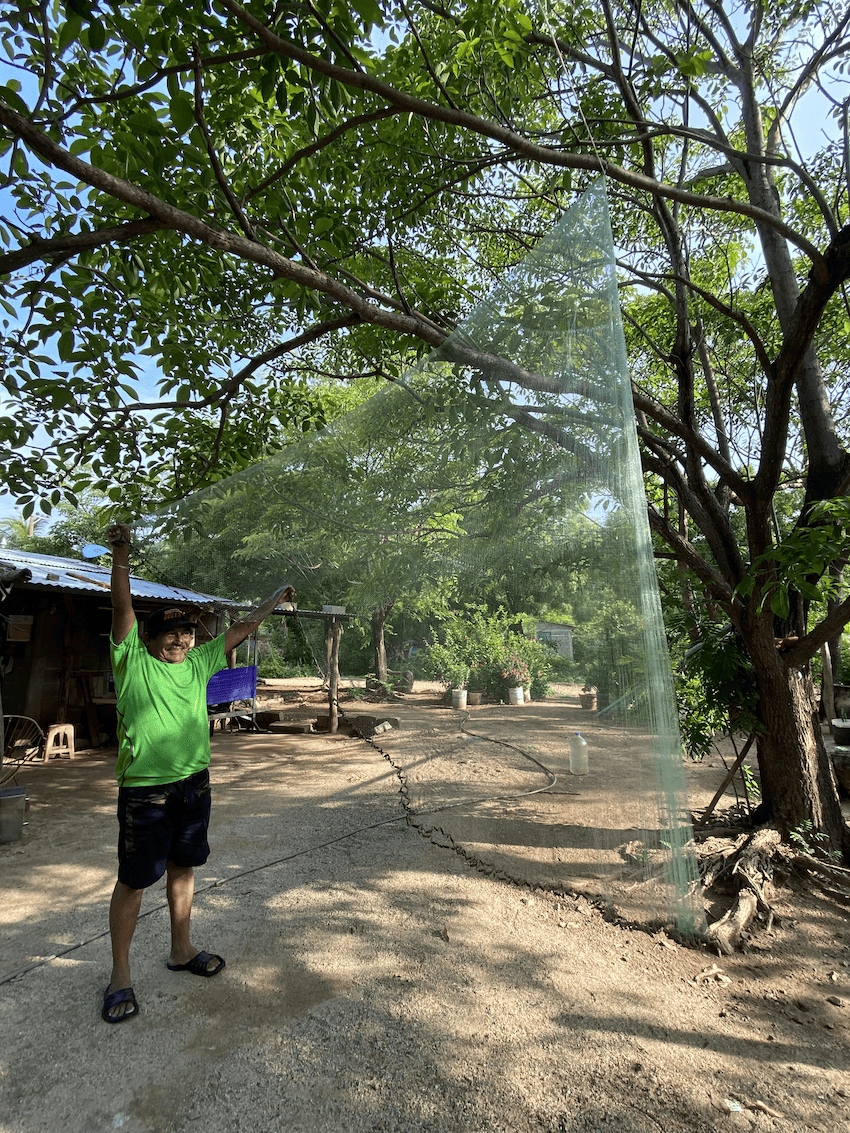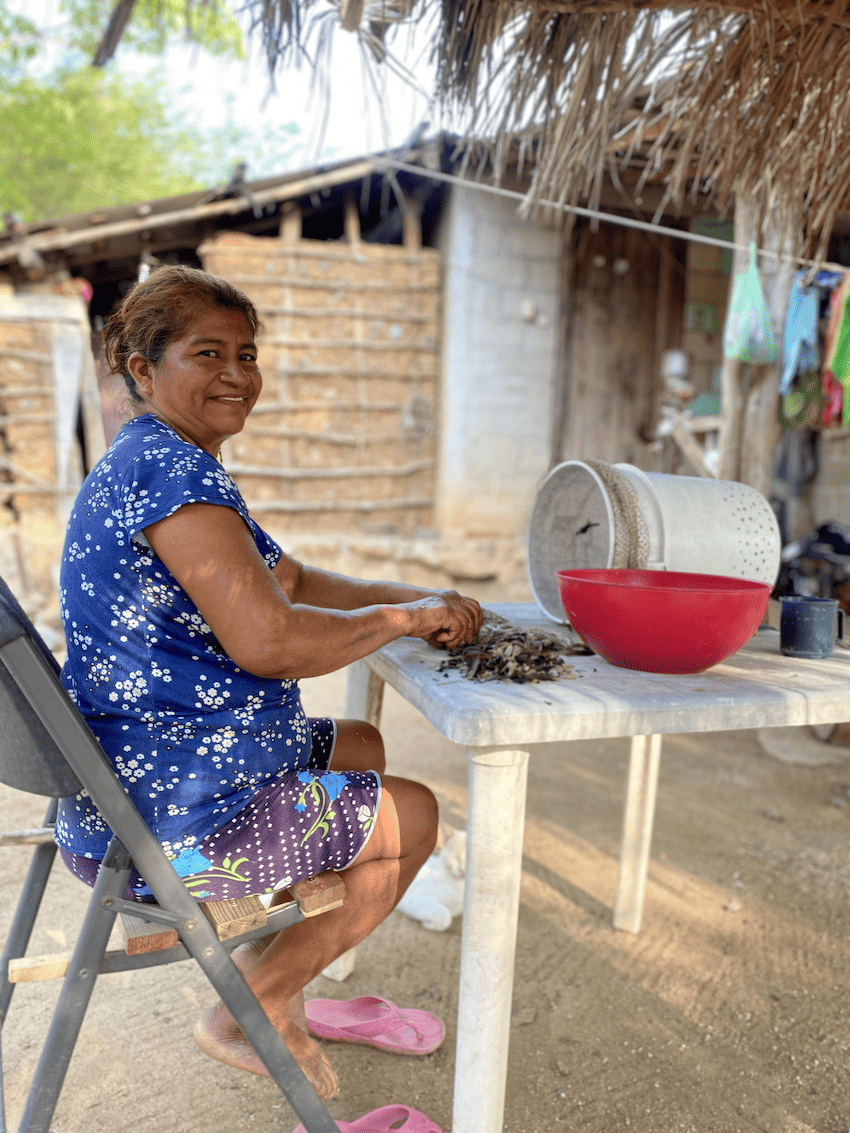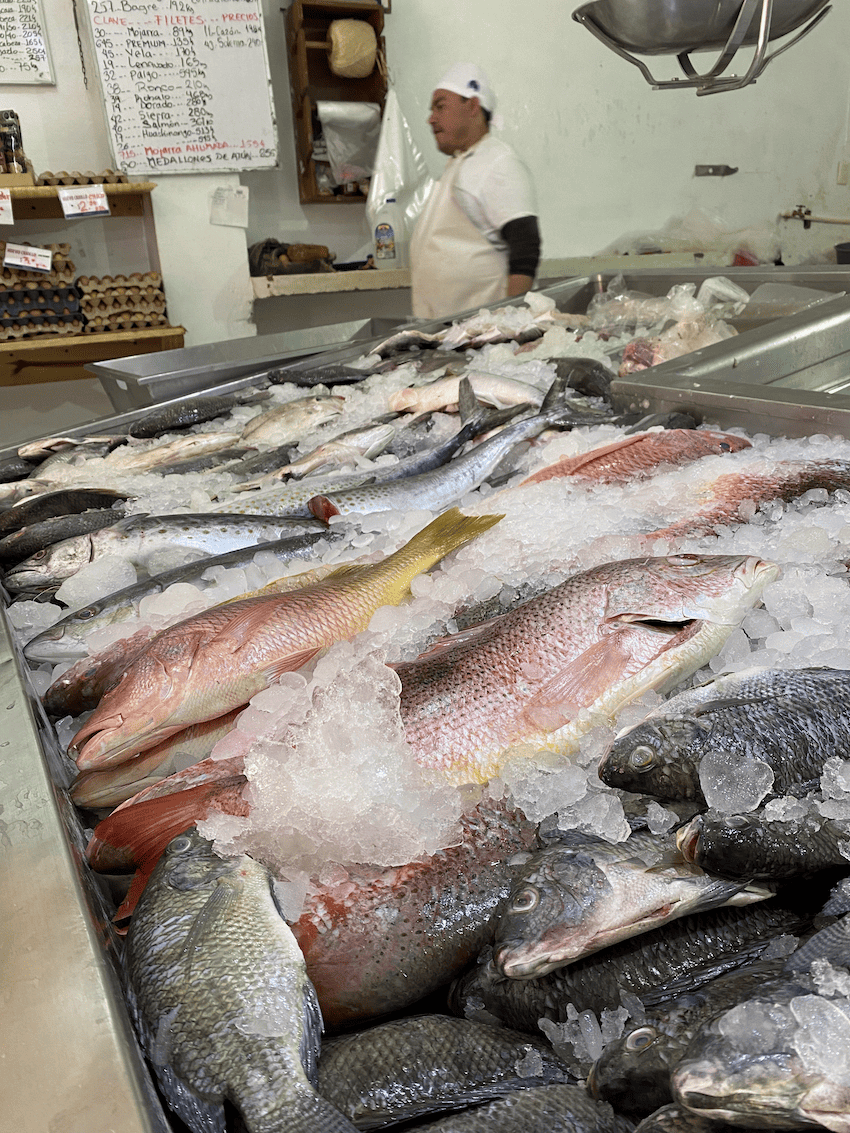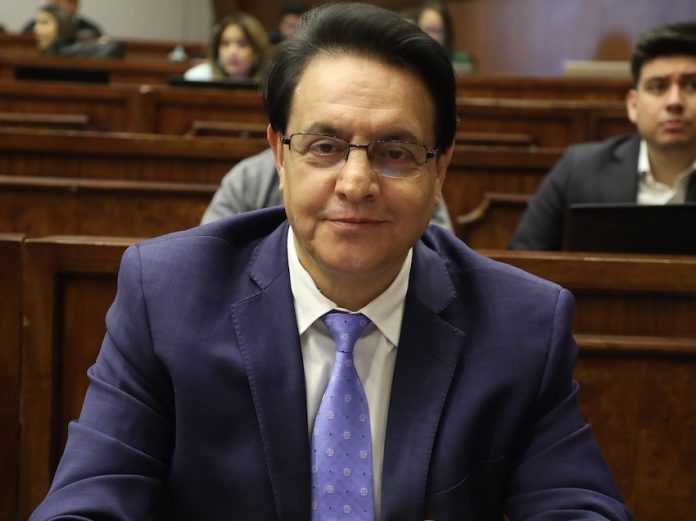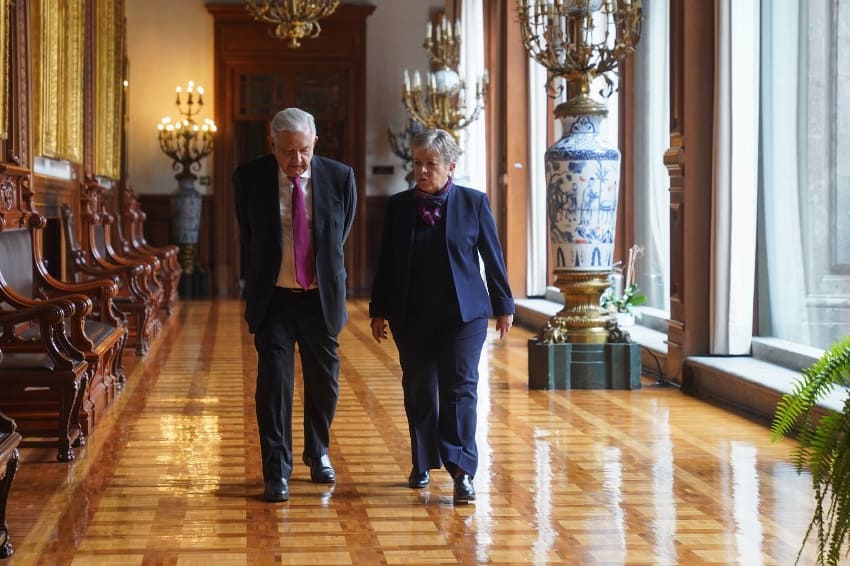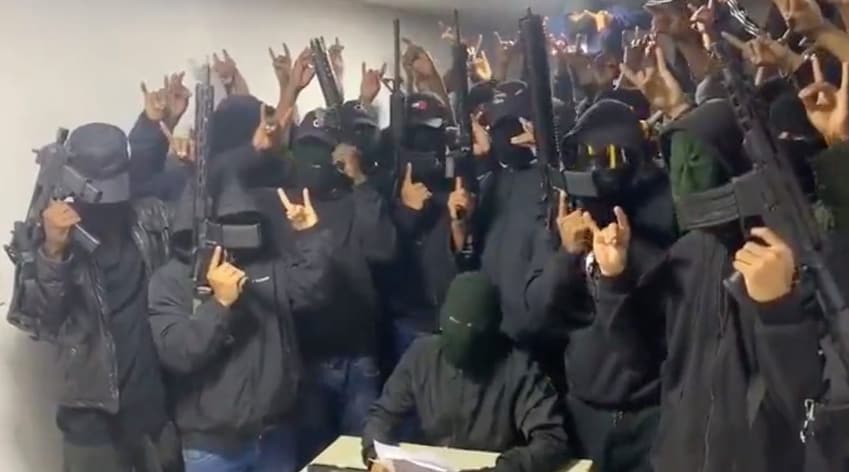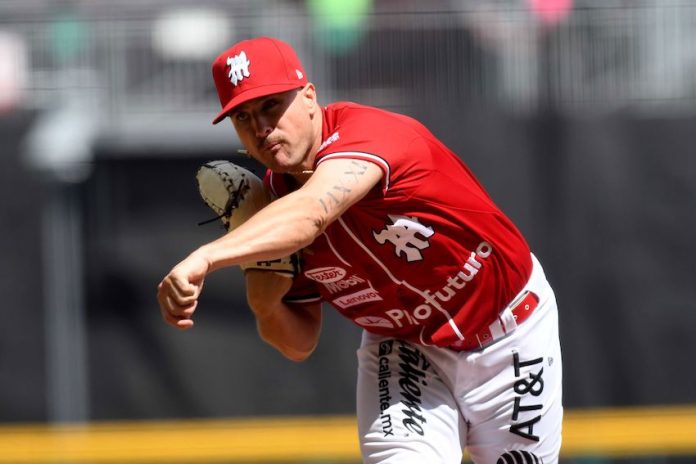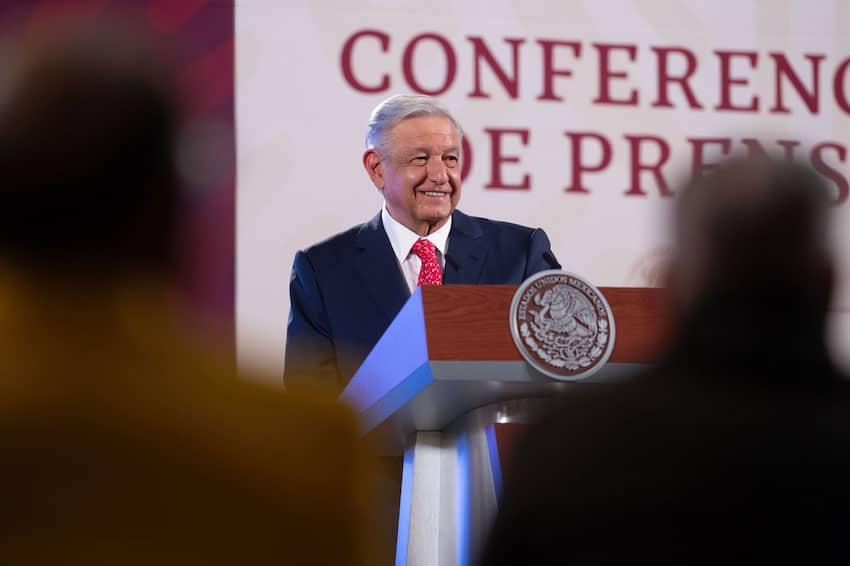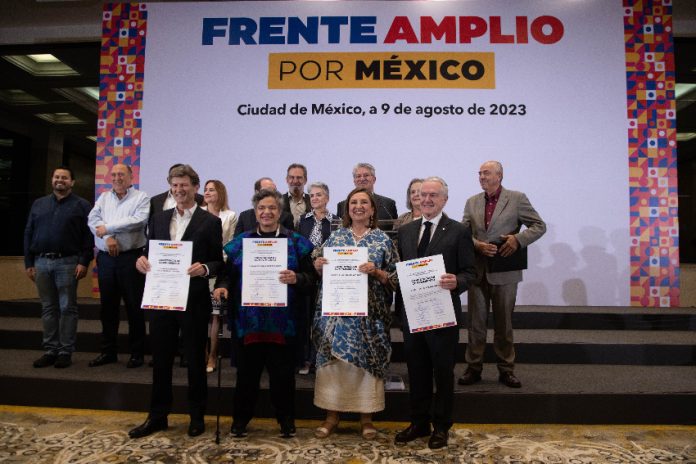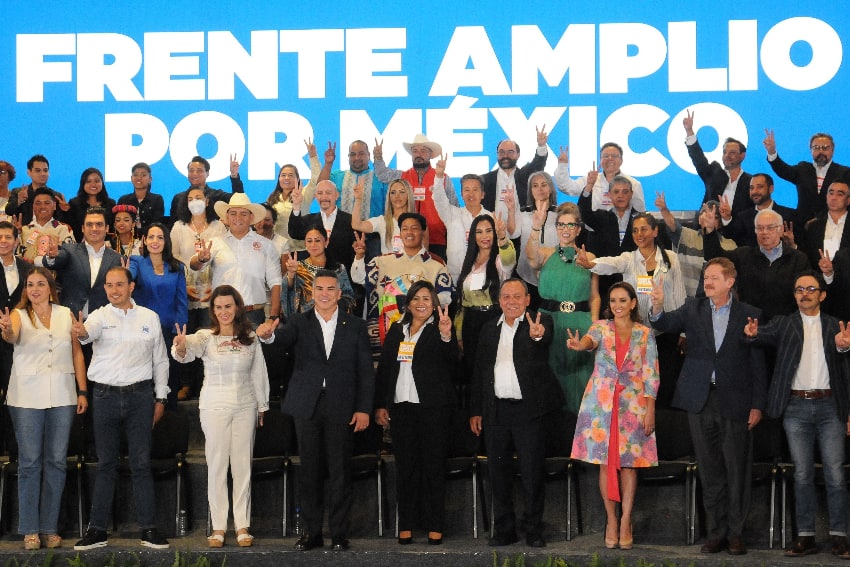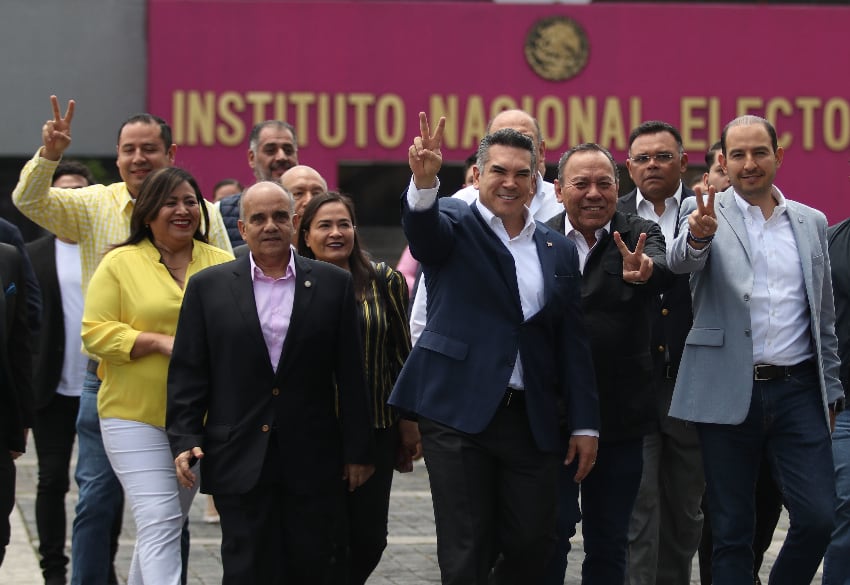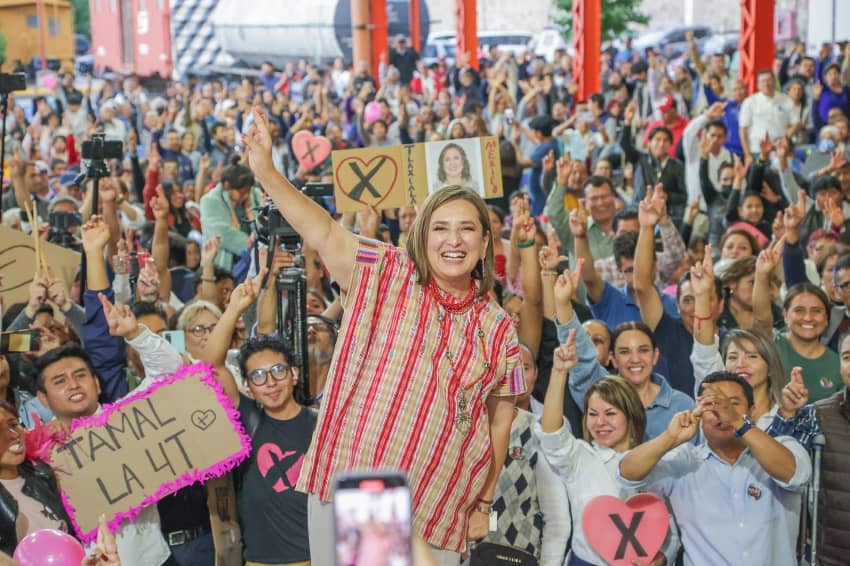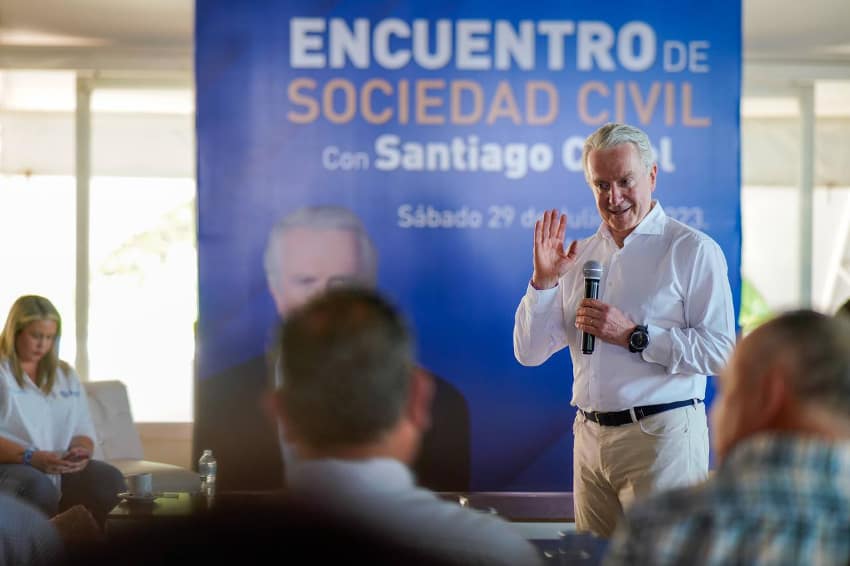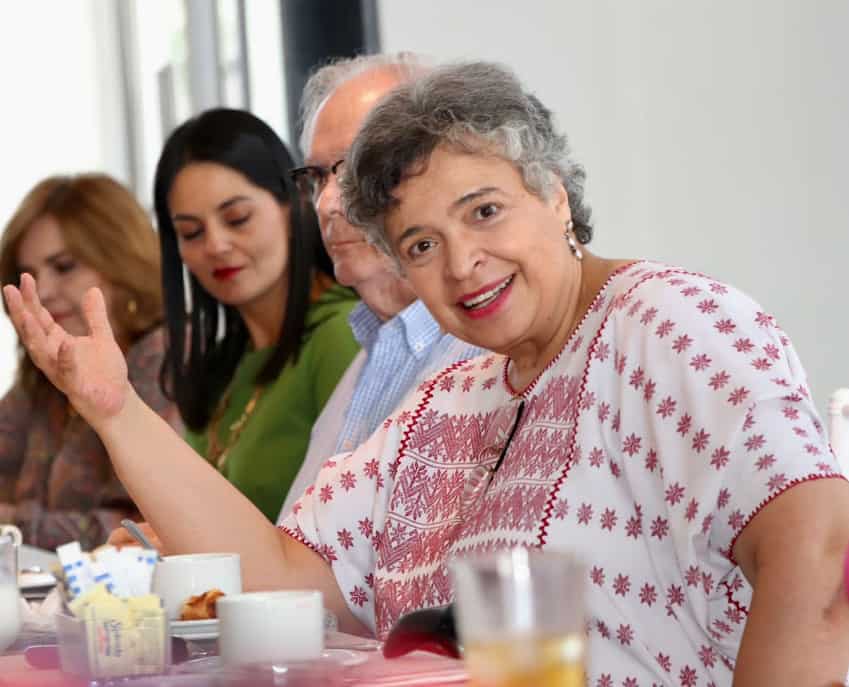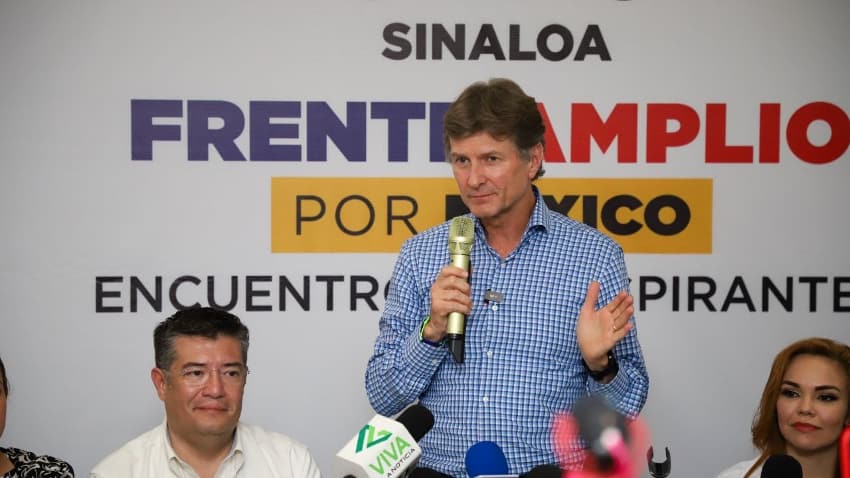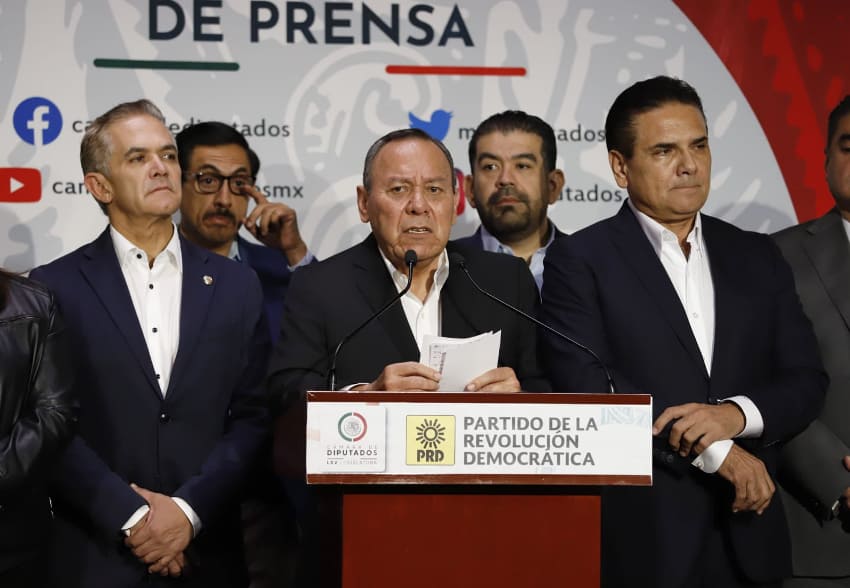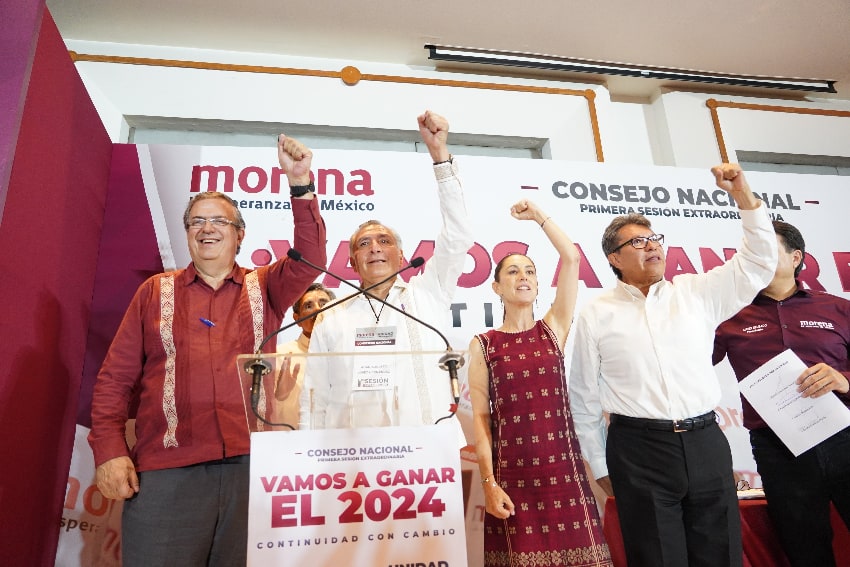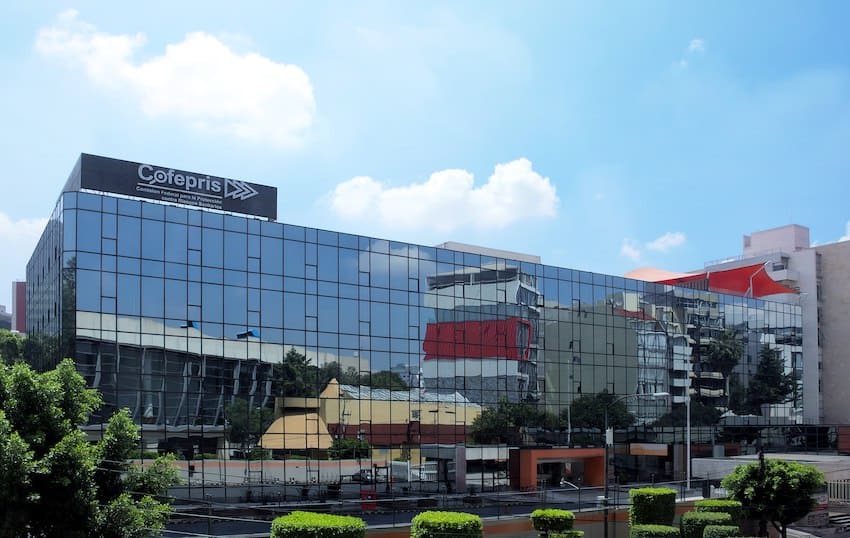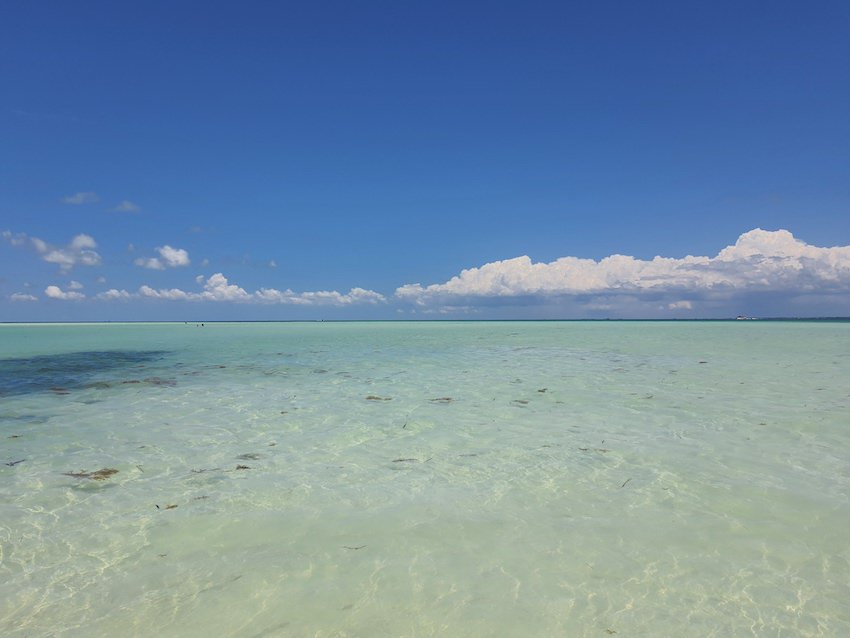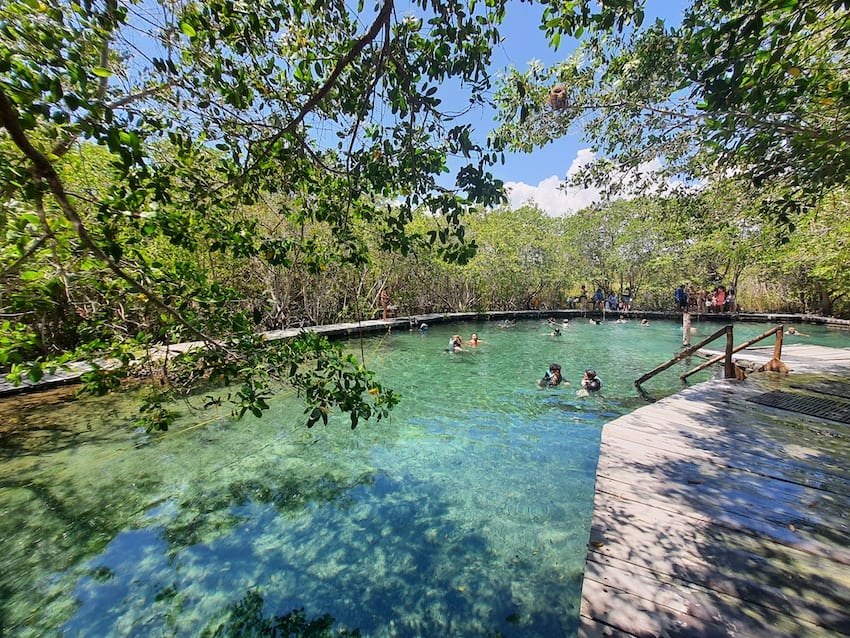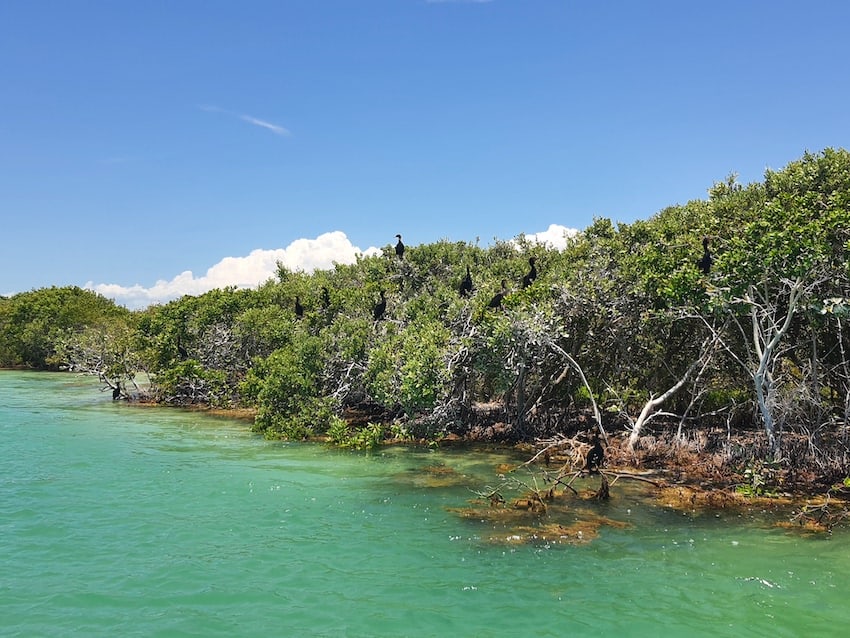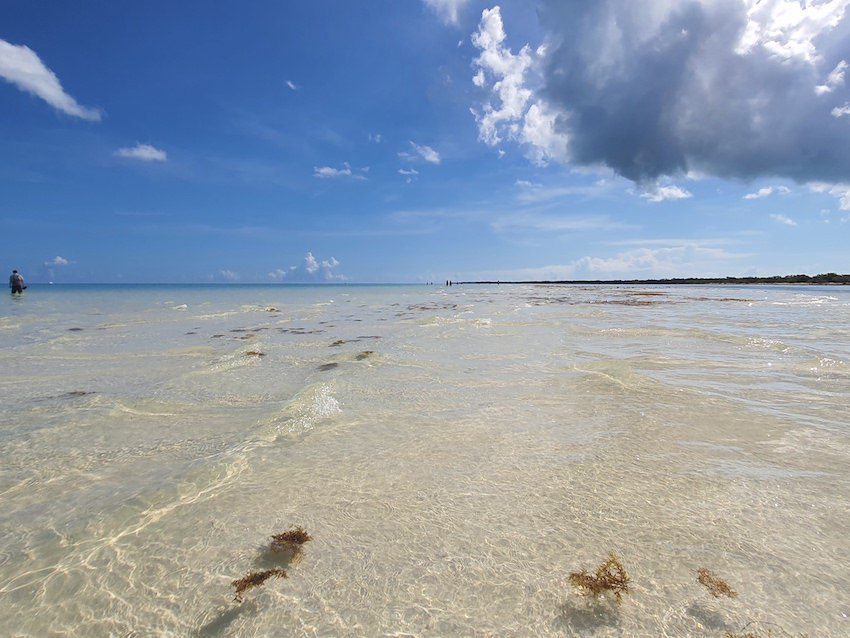Migration, the fight against fentanyl and border affairs were among the issues Mexican Foreign Minister Alicia Bárcena has discussed with top United States officials in Washington D.C. during the past two days.
Bárcena, who assumed the foreign minister position in early July after the resignation of Marcelo Ebrard, met with Secretary of State Antony Blinken, Secretary of Homeland Security Alejandro Mayorkas and National Security Advisor Jake Sullivan, among other United States officials, during her first trip to the U.S. capital as Mexico’s top diplomat.
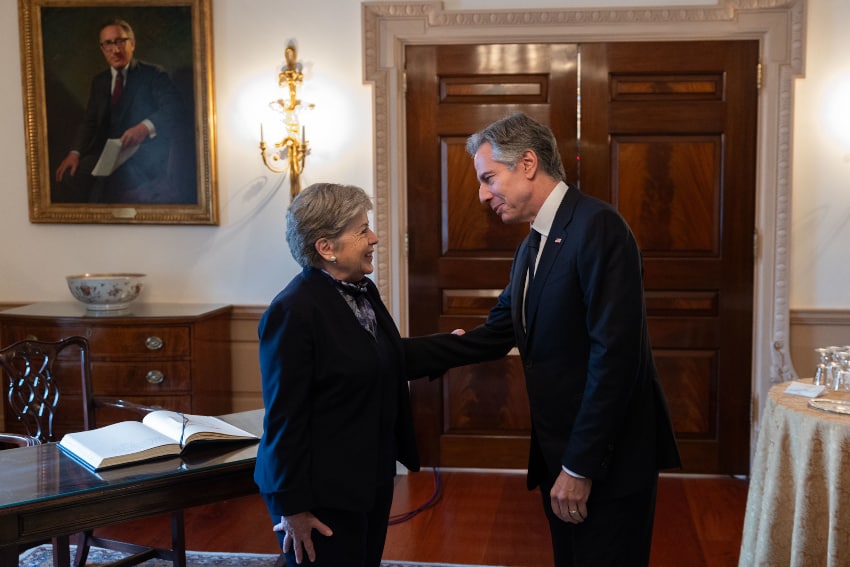
“I really believe we have an unprecedented relationship between Mexico and the United States,” she told a press conference on Thursday shorty after Blinken said he believed that the “partnership and collaboration” between the two countries was stronger now than at any other time in the past 30 years.
In her meetings with both Blinken and Mayorkas, Bárcena discussed the Texas government’s use of a floating barrier in the Rio Grande to deter migrants from crossing into the U.S.
“I reiterated that the removal of the buoys installed in Mexican territory in the Rio Grande is essential,” the foreign minister wrote on X, the social media platform formerly known as Twitter, after her meeting with Mayorkas on Wednesday.
“We are very much concerned about this topic and grateful that the Department of Justice of the United States has brought a suit against the government of Texas,” she said during her joint press conference with Blinken.
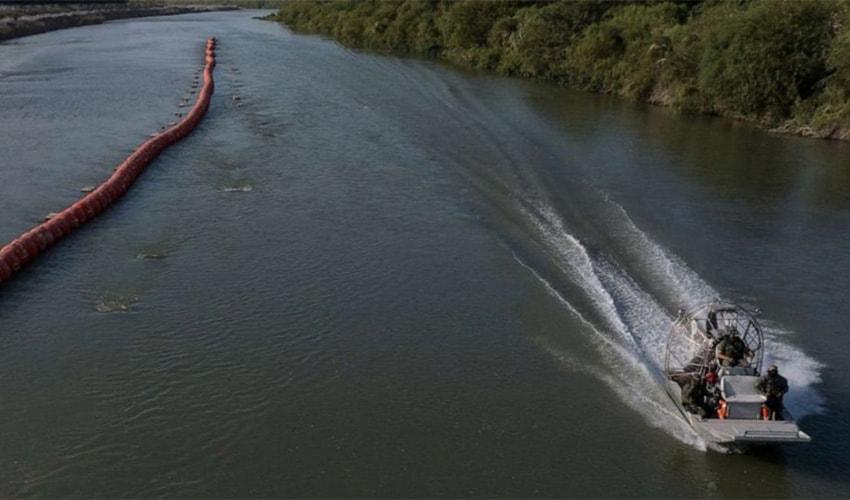
“This helps us tremendously because what we are talking about is a very delicate situation on the border, on the Rio Grande — Río Bravo, as we call it — but most of the buoys are on the Mexican side,” Bárcena said.
“… Let’s see what the federal court says and what can be done to address this and solve this matter in short order.”
With regard to the trafficking of synthetic drugs such as fentanyl, Bárcena said that Mexico is “thoroughly committed” to shutting down supply chains. Mexican cartels use precursor chemicals shipped to Mexico from China to press fentanyl pills, which are the leading cause of drug overdose deaths in the United States.
Bárcena said she outlined to Blinken Mexico’s intention to “digitally monitor” the entry of precursor chemicals to see where they go “because certainly some of those precursors go to the pharmaceutical and cosmetic companies, and some go to illicit drug production.”
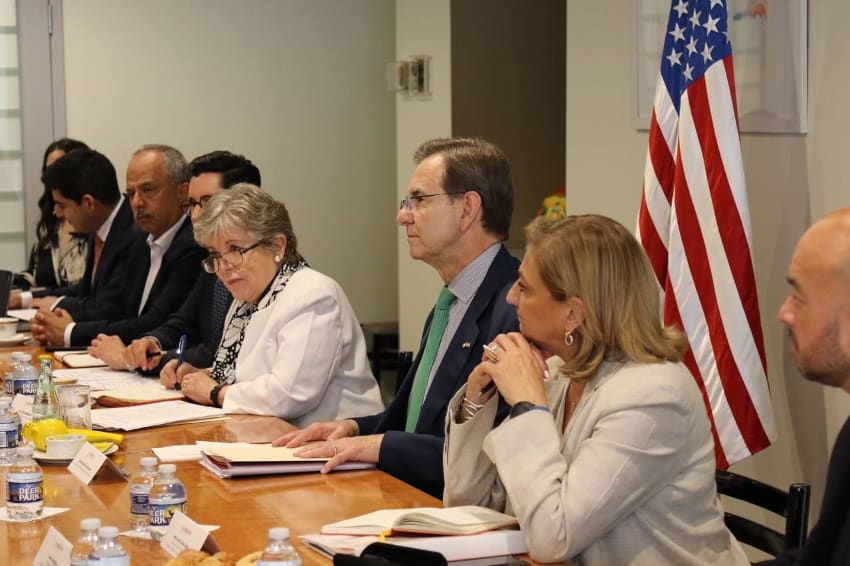
“… We’re fully aware of how this is a top priority for the United States and Canada because we’re losing our young people. This is a matter of public health. Without a doubt, this is an issue for which there needs to be global collaboration, not just collaboration between our countries,” she said.
On migration, Bárcena noted that the United States government has opened new legal channels for migrants from Cuba, Haiti, Nicaragua and Venezuela to enter the U.S.
She also noted that the Mexican government intends to establish in the southeast of the country “a place where, together with the UN,” it can assess migrants for eligibility to go to the United States.
“Once that review is done by the UN agencies, then they can be sent to [a U.S. consulate], or consular services can be sent to them to see which of them can come to the United States. And if they can’t come here, they can be integrated into Mexico,” Bárcena said, adding that they could find work on government infrastructure projects.
In her press conference remarks, the foreign minister also acknowledged the strength of the Mexico-United States trade relationship.
“Over the last six months, … trade between our two countries reached US $400 billion. So we’re talking about considerable growth and expansion, and Mexico has become the [top] trade partner of the United States. And for us, that’s, of course, important,” she said.
Blinken said that he and Bárcena spoke about “how we can strengthen and deepen even more the already significant collaboration that we have on narcotics in general and synthetic opioids in particular.”
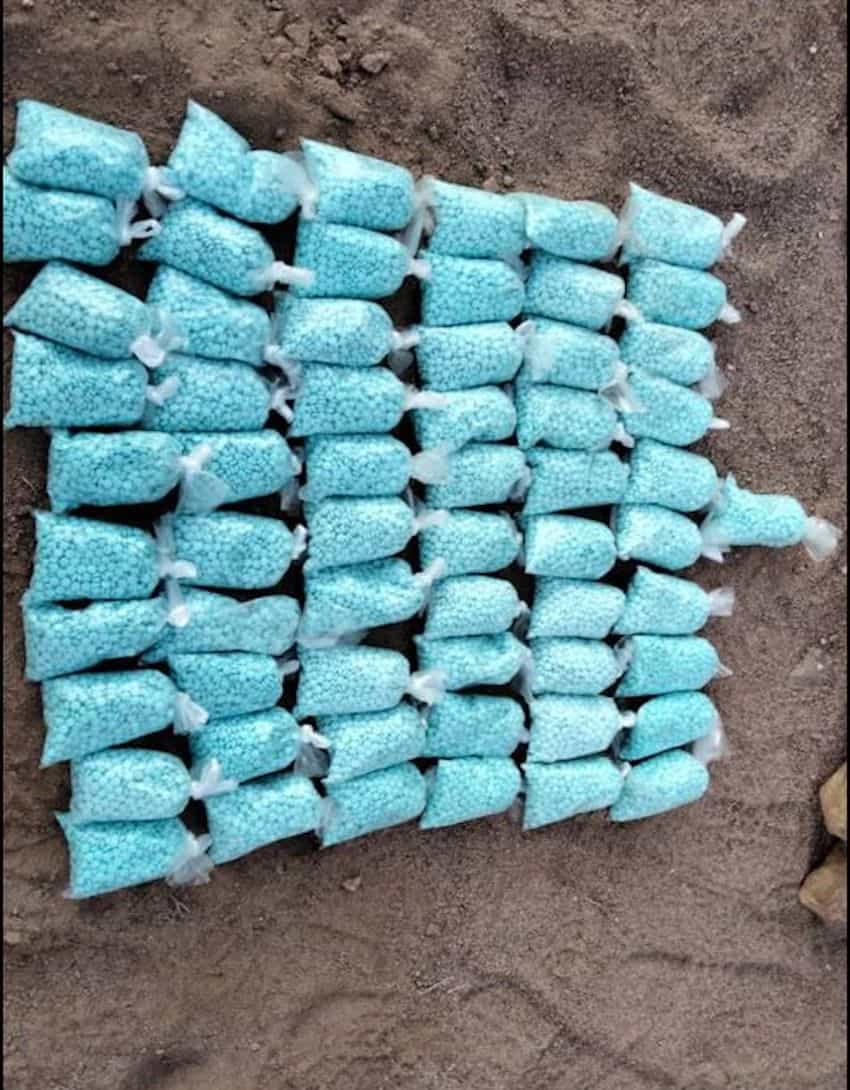
The United States and Mexico are “working together to disrupt illicit supply chains and curb the production and the distribution of … precursors, many of which are legal and then get diverted into illegal use,” he said.
Mexico’s Ministry of Foreign Affairs (SRE) said in a statement that Bárcena also discussed “collaboration in the fight against synthetic drug trafficking and cross-border cooperation” with Mayorkas on Wednesday.
On her second day in Washington, the foreign minister discussed bilateral issues related to migration, security, geopolitics, international development cooperation and economic cooperation with Jake Sullivan, the SRE said.
According to a White House statement, the two officials “committed to continue addressing the root causes of migration and increase enforcement along our shared border.”
President López Obrador said Wednesday that “a plan to combat poverty” in “very poor countries” in the Americas is needed to reduce the need to migrate.
“Migration is not for pleasure, it’s a matter of necessity,” he said.
“So, countries that have more economic possibilities have the moral obligation to help poor countries and this … allows order to be be brought to the migration flow. … We have to address the causes [of migration] so that people can work and be happy where they were born, where there families and customs are, and this can be achieved if there is investment, if there are work opportunities,” López Obrador said.
The White House said that Bárcena and Sullivan also committed to “accelerate cooperation to prevent arms trafficking” from the United States to Mexico, where cartels commonly use U.S.-sourced weapons to commit violent crimes including homicides.
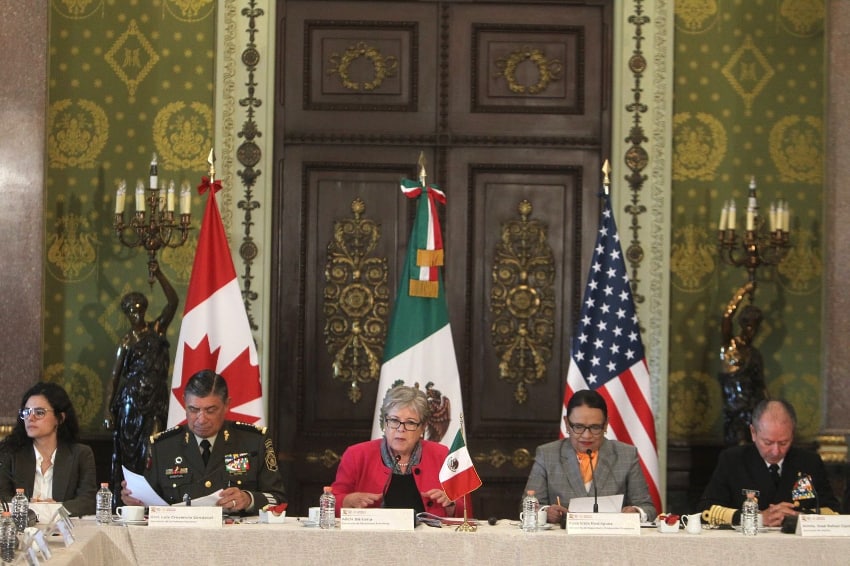
Mexican and U.S. officials have met on numerous occasions in recent times to discuss issues of common interest such as fentanyl trafficking and migration. The two countries entered into a new, wide-ranging partnership – The Mexico-U.S. Bicentennial Framework for Security, Public Health and Safe Communities – in late 2021.
In January, López Obrador hosted U.S. President Joe Biden and Canadian Prime Minister Justin Trudeau in Mexico City for the 10th North American Leaders’ Summit.
The day before the trilateral summit, López Obrador and Biden held bilateral talks during which the former called the latter “a humanistic and visionary leader,” but also called on the United States president to end U.S. “abandonment” and “disdain” toward other countries in the region.
Mexico News Daily

